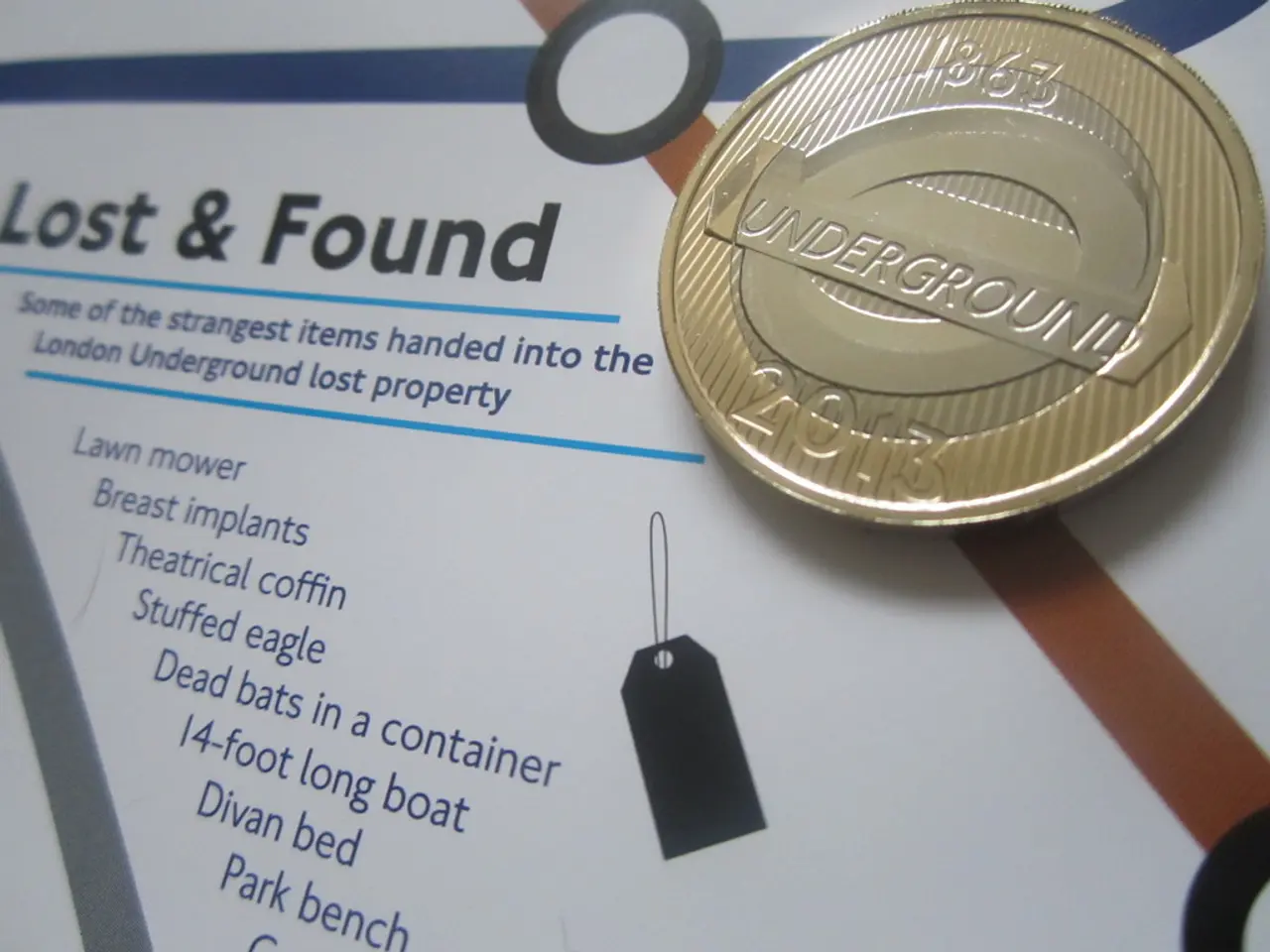Navigating a Flat Tyre Safely: A First-hand Account
Dealing with a flat tire can be an unexpected challenge, but with the right tools and a calm mindset, you can safely and efficiently change it. Here's a comprehensive guide to help you through the process.
Essential Tools and Supplies
- Jack to lift the vehicle safely off the ground
- Lug wrench to loosen and tighten lug nuts
- Spare tire suitable for your vehicle
- Wheel wedges to prevent the car from rolling
- Owner’s manual for vehicle-specific instructions
- Optional: sturdy flashlight, gloves, reflective poncho, and a small piece of wood for jack stability on soft ground
Step-by-step Process
- Find a safe location: Pull over to a flat, solid, and away-from-traffic area. Turn on hazard lights. Apply the parking brake and place wheel wedges on the opposite side of the flat tire for stability.
- Remove hubcap (if applicable): Use a flathead screwdriver or lug wrench to gently pry off the hubcap.
- Loosen lug nuts: Slightly loosen (do not remove) the lug nuts on the flat tire while the car is still on the ground to prevent wheel spinning.
- Position the jack: Place the jack under the vehicle at the recommended jacking point specified in the owner’s manual to ensure stability and safety.
- Raise the vehicle: Lift the vehicle until the flat tire is off the ground.
- Remove lug nuts and flat tire: Fully unscrew the lug nuts, carefully remove the flat tire, and place it aside without damaging it.
- Mount the spare tire: Align the spare with the wheel hub and hand-tighten the lug nuts as much as possible.
- Lower the vehicle: Slowly lower the car so the spare tire touches the ground but the full weight is not on the tire yet.
- Tighten lug nuts: Fully tighten the lug nuts in a crisscross/star pattern to ensure even pressure and secure fit.
- Lower car completely: Bring the car fully to the ground and remove the jack.
- Check spare tire pressure: Ensure it is safe for driving before continuing.
- Store tools and flat tire safely in your vehicle for future repair or replacement.
Following these steps with the proper tools will help ensure a smooth, safe, and efficient tire change experience. It is also recommended to familiarize yourself with this process ahead of time to be prepared in emergencies.
Changing a flat tire can feel empowering and is a testament to one's ability to handle unexpected challenges. It's important not to let a rogue tire roll away and to check your surroundings before resuming driving after replacing a flat tire to ensure safety. Preparation and the right mindset can make dealing with a flat tire manageable. Position the jack correctly according to the owner’s manual before elevating the vehicle securely. Loosen the lug nuts a bit while the tire is still on the ground. Embracing the journey and the growth that comes with dealing with a flat tire is important.
For more information and different perspectives on this topic, you can find related posts by clicking here. Remember, every experience, whether it's a flat tire or some other surprise, builds resilience and imparts valuable life lessons. Stay safe on the road!
- In addition to the essential tools for changing a flat tire, additional supplies like a sturdy flashlight, gloves, reflective poncho, and a small piece of wood for jack stability on soft ground can be beneficial.
- When exploring the world of fashion and beauty, one can gain inspiration from various media outlets, attend events, and engage with other individuals who share similar interests within the lifestyle community.
- If you're a car enthusiast or home gardener, you may enjoy following home-and-garden media sources for tips on maintaining your car and enhancing your garden, respectively.
- While engaging in these activities, it's essential to remain focused and adaptable, applying the resilience developed from unexpected challenges such as dealing with a flat tire while on the road.




